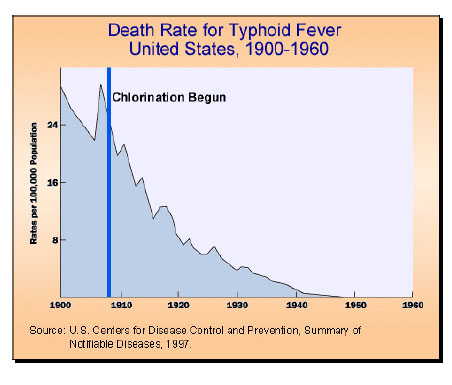- Joined
- Dec 3, 2017
- Messages
- 26,290
- Reaction score
- 16,771
- Gender
- Male
- Political Leaning
- Progressive
Electrochlorination - Wikipedia
I watched a YouTube video on water desalination last night & got me to thinking. Electrolysis of pure water gives hydrogen & oxygen. Electrolysis of salt water, per https://en.wikipedia.org/wiki/Electrochlorination, is called electrochlorination.
A low voltage DC current is applied, electrolysis happens producing sodium hypochlorite and hydrogen gas (H2). The solution travels to a tank that separates the hydrogen gas based on its low density. [1] Only water and ordinary salt, (sodium chloride (NaCl)) are used. The chemical reaction is:
NaCl + H2O + ENERGY → NaOCl + H2
NaOCl is sodium hypochlorite which has value as the chemical product bleach.
I'm sure this is not original, but the hydrogen gas produced can be 'burned' in air to make pure water. So sea water & electricity go in & bleach & pure water come out.
An ideal location for such an operation is on the coast near a volume consumer of bleach, which could be supplied via pipeline. NaOCl could also be converted into other value-added products. For example, terminal alkenes react with bleach to form 1-chloro-2-hydroxy derivatives. Bleach converts primary alcohols into aldehydes & secondary alcohols into ketones. Bleach is a useful oxidizing agent in many syntheses.
How efficient this process would be compared to current desalination plants is not known to me as there are too many factors involved. But one advantage is environmental: there would be no discharge of waste brine back into the ocean. These hypersaline waste streams from current desalination plants do a lot of damage to the marine life in the area.
Last edited:

